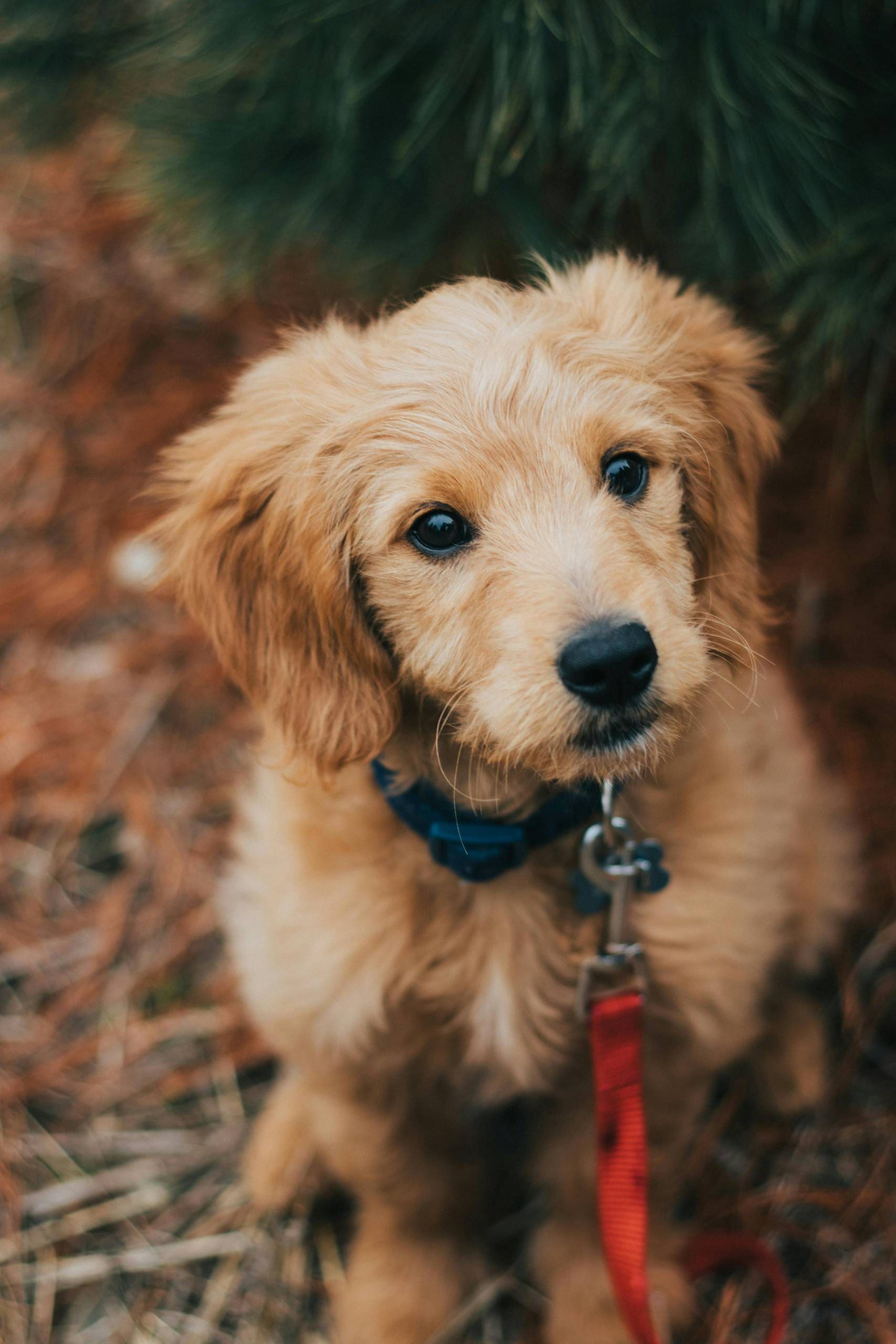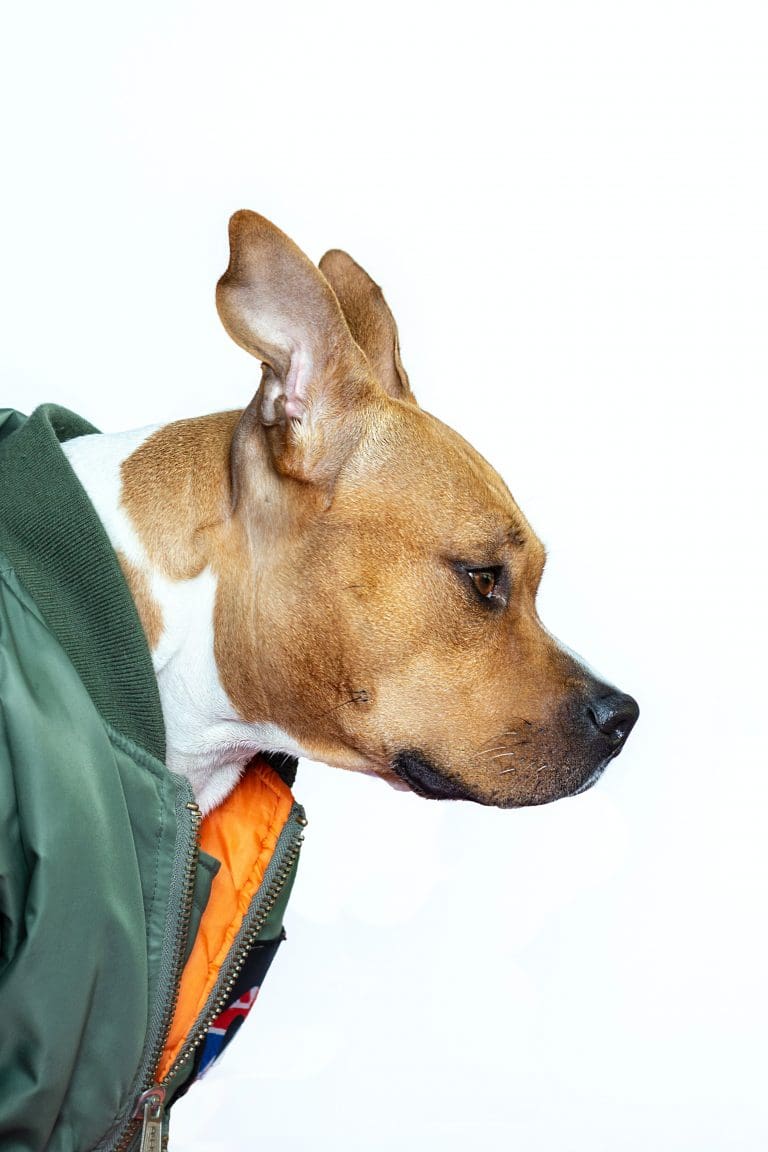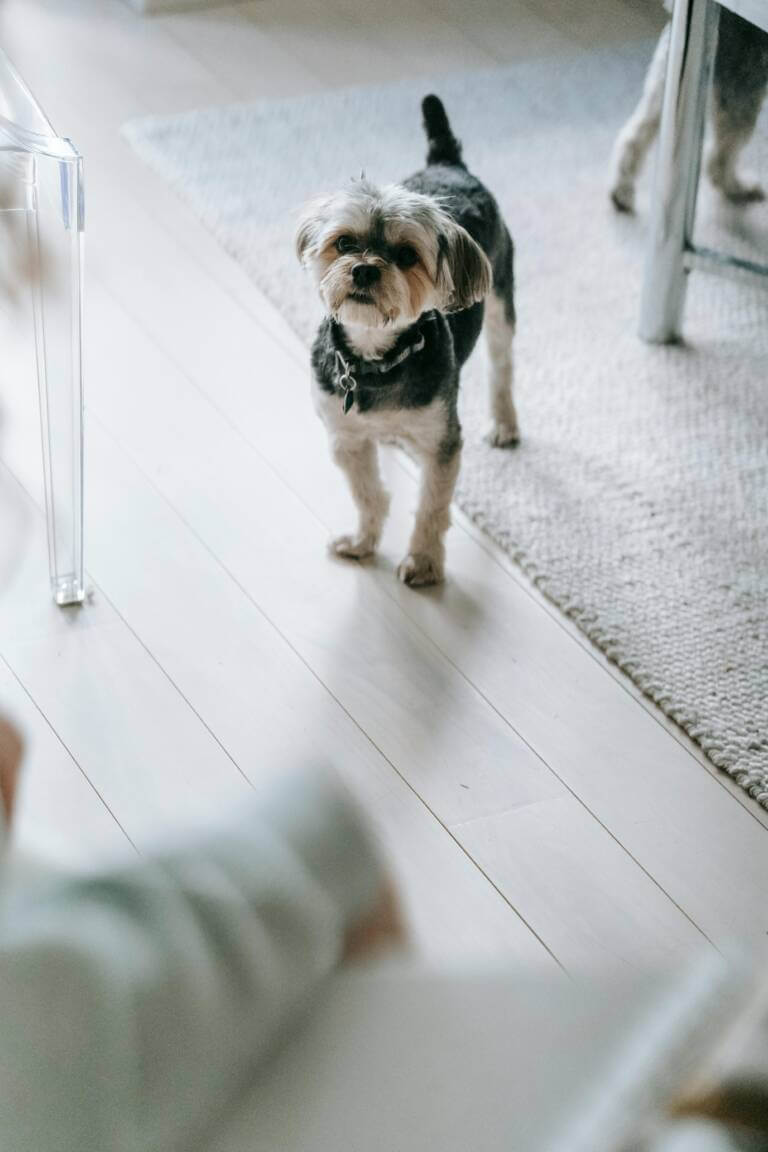How To Train A Deaf Dog?
Post Date:
December 10, 2024
(Date Last Modified: December 10, 2024)
Training a deaf dog can be a fulfilling experience for both the owner and the pet. Many people mistakenly believe that deaf dogs are more difficult to train than their hearing counterparts. While the training methods may differ, effective communication can create a strong bond between you and your dog.
Building a Bond of Trust
Establishing a strong bond based on trust and respect is essential. Positive reinforcement plays a critical role in this process. Reward your dog for desired behaviors to create a positive association. This method works effectively for all dogs but is particularly meaningful for deaf dogs, who rely on visual cues rather than sounds.
Clear Communication is Key
A clear communication system is vital. Since your dog cannot hear verbal commands, utilize visual signals, hand gestures, or even light cues to convey your messages. Start with a few simple commands like “sit,” “stay,” or “come,” and create distinct hand signals for each. Consistency is crucial; always use the same signals and maintain a routine to help your dog understand your expectations.
Enhancing Training with Rewards
Using treats as rewards can significantly improve training sessions. When your dog responds to a visual cue with the desired behavior, reward them immediately. This helps them associate the action with the reward, encouraging repetition in the future. Over time, your dog may begin to anticipate rewards and respond more eagerly to your visual commands.
Socialization Matters
Socializing your deaf dog is another vital aspect of training. Expose them to various environments, people, and other animals to help them become well-adjusted and confident. Engage in activities like walks in busy parks or visits to friends’ homes while consistently using visual signals. Create positive experiences to ensure your dog feels safe and secure in new situations.
Creating a Safe Home Environment
Establishing a safe and calm environment at home is crucial for a deaf dog. They can be easily startled, so avoid sudden movements that could frighten them. Ensure your home is dog-proofed to prevent accidents, as deaf dogs may not respond to warning sounds. Clear pathways and remove obstacles to allow safe navigation.
The Importance of Patience
Patience is essential when training a deaf dog. Training may take longer than it would for a hearing dog, so it’s vital to remain calm and positive. If your dog struggles with a command, simplify the approach and break the training into smaller steps. Celebrate progress, no matter how small, to motivate your dog to keep trying.
Incorporating Tactile Cues
Incorporating tactile cues can also be effective. Teach your dog to respond to gentle touches or vibrations. For instance, lightly tapping them on the side or using a vibrating collar can gain their attention. This method is particularly useful in low-light settings where visual cues may not be as effective.
Establishing a Daily Routine
Creating a daily routine benefits both you and your dog. Consistency helps your dog learn what to expect and reduces anxiety. Designate specific times for training, play, and exercise, maintaining a well-structured day that reinforces training and keeps your dog engaged.
Finding Specialized Training Classes
Consider enrolling your deaf dog in training classes designed for hearing-impaired pets. These classes offer valuable socialization opportunities and provide guidance from experienced trainers who understand the unique needs of deaf dogs. Connecting with other deaf dog owners can also enrich your experience.
Reading Body Language
Pay attention to your dog’s body language. Even though they can’t hear, they can still express themselves. Look for signs of stress or discomfort, such as a tucked tail or pinned ears, and adjust your training approach accordingly to keep your dog feeling secure.
Exploring Activities Together
Training a deaf dog opens the door to various activities. Deaf dogs can excel in dog sports such as agility, obedience, and scent work. Engaging in these activities not only provides physical exercise but also stimulates their minds, making training enjoyable for both of you.
Utilizing Visual Markers
Visual markers, like clickers, can enhance training sessions. While the sound of a clicker may not be useful for a deaf dog, the visual aspect can still be effective. Consider using a flashlight or light signal instead, or adapt a clicker to use a vibration signal. This allows for effective marking of desired behaviors.
Celebrating Successes
Maintain a positive atmosphere during training by celebrating your dog’s achievements, no matter how small. Use treats, praise, and affectionate gestures to reinforce accomplishments. This positive reinforcement fosters a strong bond and transforms training into a joyful experience.
House Training Techniques
House training a deaf dog is similar to training a hearing dog. Consistent bathroom breaks, positive reinforcement for going outside, and designating a specific bathroom spot can help establish good habits. If accidents occur, respond with patience and avoid punishment, focusing instead on reinforcing the desired behavior.
Calming Techniques for Stress
If your deaf dog becomes overwhelmed, knowing how to calm them effectively is crucial. Create a safe space with their bed and toys where they can retreat and relax. Gentle petting and reassuring gestures can help ease their anxiety.
Embracing Individual Progress
Every dog is unique and may learn at their own pace. Celebrate small victories and remain committed to your dog’s development. Your love and dedication will shine through, allowing your deaf dog to thrive under your care.
Training a deaf dog is about nurturing a deep connection and understanding. With patience, creativity, and the right techniques, you can successfully train your deaf dog while building a lasting bond. Embrace the journey and the joys it brings, knowing your efforts will lead to a happy and well-adjusted pet.






